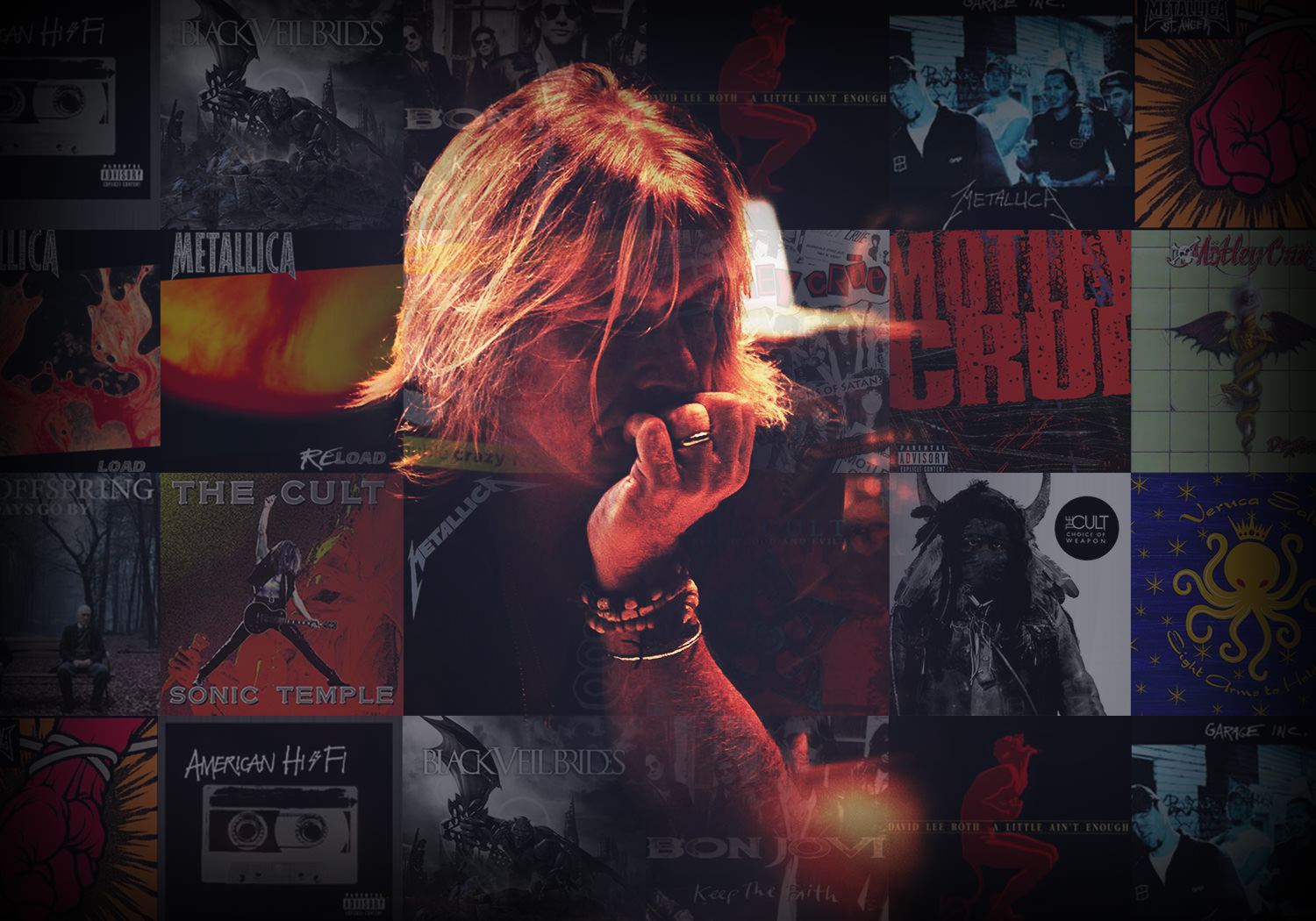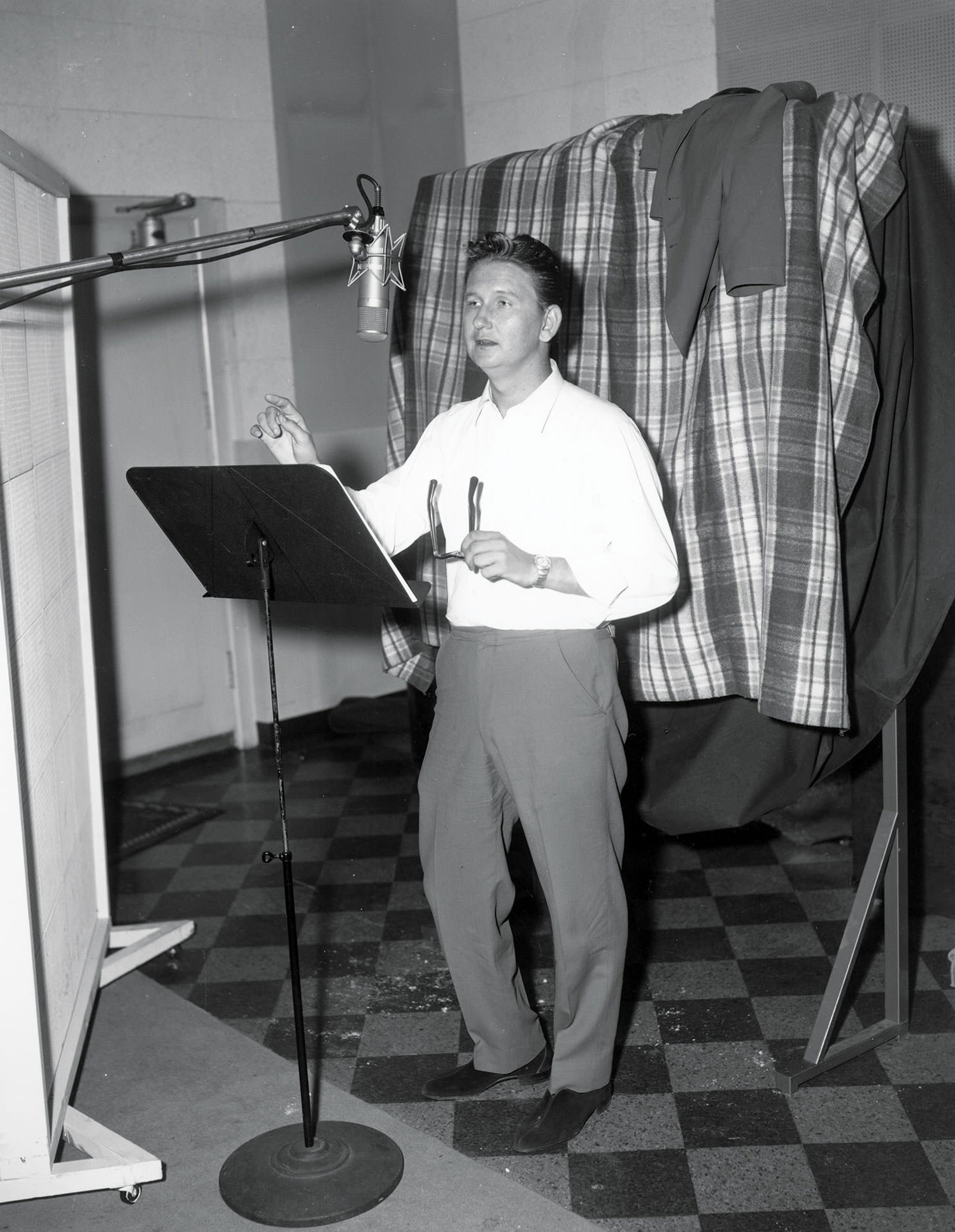Hardware — Used Machines
Going for a used Macintosh system is quite an amazing way to go. You can buy these machines dirt cheap with some expansion (from the graphics people that are upgrading) and they still make powerful workstations. For a used machine the 68030/40 machines are still serviceable. The Quadra 650 was a very popular machine and works great for doing music with an "audio" card. I say audio card because all Macs have built in sound. The early ones have 8-bit mono, later ones got stereo and the new ones have 16 bit 44.1 mHz stereo. But no one ever really made a "sound" card for the Macintosh. Audio cards for the older machines are called Nubus cards. This was the first bus tech that Apple used in the Macs (there were some other ones, but you don't really need to think about them). For the most part only Digidesign made any audio cards for the Nubus that are worth buying. They had several cards but the one to look for is the AudioMedia II (AMII). This card has stereo in, out and S/PDIF. This card is a workhorse and has been used by many professionals. Digidesign did make an AudioMedia I, but it didn't have S/PDIF. The AudioMedia II did have socketed RAM and you could expand it. I only know of one program that took advantage of this. It was a shareware app that let you program your own reverbs. Digidesign took the expandable RAM off of the AMII.
The next step in used systems are the PPC machines. Most of these have 16 bit built-in sound. The audio quality generally gets better the newer the machines. For the most part the built- in sound on the Macs was better then what the "sound" cards on the Windows machines had at the time. The first PPCs had Nubus slots, so if you get one of these you can use an AudioMedia II card. These include the 6100, 7100, and the 8100. To use the 6100 you have to remove the built in hard drive and install it externally, get the Nubus card expander and then add the AMII card. The 7100 and 8100 have 3 decent slots so they are easier to add the card too. The next step (you Mac guys will get this) in the PPC line were the 7200, 7500, 7600 and 8500. These are all great machines that can be upgraded to G3s, but I wouldn't suggest that you go that route, since it would probably cost less to just buy a new Macintosh (I'll get to that in a moment). These machines all had PCI slots, like the ones in the Windows machines. With these machines you get lots of choices. The most basic one is that they all have decent audio built in. So you can get away without any additional hardware.
New G3s
Right after this came the G3s. Apple has already replaced the first G3s but these machines really rock. The built in audio is the best they've put into a machine yet and they are very fast upgradeable computers. They have a few hurdles to get around but most of those will be dealt with by the time you read this so I won't even bother.
Audio Expansion
I've gone over the AMII card which is one of the best solutions for the Nubus machines. You can find some ProTools Nubus systems but Digidesign has done a pretty good job of making sure that they got most of those back. So that leaves the Nubus folks with the AMII. For the PCI machines you start with the AudioMedia III which is pretty much an AMII for PCI slots. There are several other companies making great PCI hardware. My current favorite is the Mark of the Unicorn 2408. This rig lists for just under $1000 so you should be able to buy it for $750 or less. It has 8 20bit converters on it, 3 ADAT light pipes and 3 Tascam Tdif ports. Once you have the core system you can expand it with another interface for $750 retail giving you lots of I/O. The really cool thing that MotU did with this was include some ProTools like software that can actually export and import a compatible file that ProTools users can work with. So if you want to do budget post production this is your ticket. There are other interesting PCI hardware solutions available. Many of them have nice I/O boxes, some of them are internal cards only. Some of them include ADAT light pipe interfaces, but none of them offer the bang for the buck that the MotU box does.
Software
Here's where the Macintosh really shines, but you'll want a PPC machine to really get the best of this section. Lets start with the free stuff. Digidesign is giving away a 3.x version of ProTools. It works with things like the AMII, AMII, and the Apple Sound Manager. This means that a Power Mac running at 100Mhz can record up to 96 tracks and playback 16 of them simultaneously without any additional hardware. The only drawback is that you can only record 1 or 2 tracks at a time and the Mac's built in A/D/A conversion is a far cry from an Apogee converter. For a step up you can go with Deck, which is once again available via Bias. Deck is very much like ProTools since it was written by the folks that wrote the first version of ProTools. It offers better hardware support and tech support, something Digidesign doesn't offer with the free version of ProTools. You have to pay for Deck, but it could well be worth the step up. If you have a 660AV or a 840AV Macintosh Deck is the app for you. Also in the free zone is HyperEngine. HyperEngine is Arboretum's sample editor for use with their plug-ins. They give HyperEngine away with some basic plug-ins on their website. There are many good free/shareware apps for the Mac and two of them are worth a quick mention: Sound Hack and Mpecker. Sound Hack does all sorts of mangling and processing to your audio files. Mpecker is an Mpeg 3 converter.
The Macintosh is famous for being the Artist's Machine and it doesn't let the Audio Artist down. On the money side of software there are four world class packages that will let you nearly perform magic. They are called
Vision DSP, Digital Performer, Digital Cubase, and Logic Audio. They are made by Opcode, Mark of the Unicorn, Steinberg Jones, and Emagic. It doesn't matter which one you pick, they are all great. Buy the one your friends use. For those that want to know I use Opcode's StudioVision. Opcode's Vision DSP is currently available in a $60 downloadable version (with no tech support). As this used to cost $500 (now $200 with manualsandsupport)that'saprettygooddeal! The higher end versions support the ProTools 24 bit hardware, but even the entry level versions support the hardware that I've previously mentioned. All four support VST plug-ins. These are realtime mini programs that do neat audio processing. Things like EQ, Delays, Reverbs, Vocoding, etc. Many companies are making plug-ins these days and most of them support the Macintosh formats, especially the VST format. There are some other neat applications for the Mac such as Super Collider, Max, Pluggo, TC Electronics new editor, and much more.
Wrap Up
I've skipped over a many things, like the iMac and the high end solutions. The iMac could be the machine for you, but you won't be able to upgrade it as easily. This could be important later. For the high end stuff you should get a friend to help you figure out how to spend $50,000 on a Mac audio system (yeah that's what a 24 bit PT system will cost you). If your budget is much smaller then look at a new G3 with the MotU hardware. Pick out the software that your friends are using and go to town. You'll get 80% or more of the capability of that $50,000 ProTools system and you'll spend less then $3,000. If your budget is tighter then that then look over the used machines or consider the iMac. I've been mostly surface with this as it's meant as a Macintosh supplement to Rich's article. The Macintosh enjoys the best support of any computer when it comes to doing music. It's the easiest to use and the costs in the end are way less than any other machine. If you are careful you can put together an inexpensive system that will make you quite happy that you stepped in to the computer recording world.




